Instead of calculating sine as a function of time, maintain a sine/cosine pair and advance it through complex number multiplication. This doesn't require any trigonometric functions or lookup tables; only four multiplies and an occasional re-normalization:
static const double a = 2 * M_PI * 280 * 30e-6;
static const double dx = cos(a);
static const double dy = sin(a);
double x = 1, y = 0; // complex x + iy
int counter = 0;
void control_loop() {
double xx = dx*x - dy*y;
double yy = dx*y + dy*x;
x = xx, y = yy;
// renormalize once in a while, based on
// https://www.gamedev.net/forums/topic.asp?topic_id=278849
if((counter++ & 0xff) == 0) {
double d = 1 - (x*x + y*y - 1)/2;
x *= d, y *= d;
}
double sine = y; // this is your sine
}
The frequency can be adjusted, if needed, by recomputing dx, dy.
Additionally, all the operations here can be done, rather easily, in fixed point.
Rationality
As @user3386109 points out below (+1), the 280 * 30e-6 = 21 / 2500 is a rational number, thus the sine should loop around after 2500 samples exactly. We can combine this method with theirs by resetting our generator (x=1,y=0) every 2500 iterations (or 5000, or 10000, etc...). This would eliminate the need for renormalization, as well as get rid of any long-term phase inaccuracies.
(Technically any floating point number is a diadic rational. However 280 * 30e-6 doesn't have an exact representation in binary. Yet, by resetting the generator as suggested, we'll get an exactly periodic sine as intended.)
Explanation
Some requested an explanation down in the comments of why this works. The simplest explanation is to use the angle sum trigonometric identities:
xx = cos((n+1)*a) = cos(n*a)*cos(a) - sin(n*a)*sin(a) = x*dx - y*dy
yy = sin((n+1)*a) = sin(n*a)*cos(a) + cos(n*a)*sin(a) = y*dx + x*dy
and the correctness follows by induction.
This is essentially the De Moivre's formula if we view those sine/cosine pairs as complex numbers, in accordance to Euler's formula.
A more insightful way might be to look at it geometrically. Complex multiplication by exp(ia) is equivalent to rotation by a radians. Therefore, by repeatedly multiplying by dx + idy = exp(ia), we incrementally rotate our starting point 1 + 0i along the unit circle. The y coordinate, according to Euler's formula again, is the sine of the current phase.
Normalization
While the phase continues to advance with each iteration, the magnitude (aka norm) of x + iy drifts away from 1 due to round-off errors. However we're interested in generating a sine of amplitude 1, thus we need to normalize x + iy to compensate for numeric drift. The straight forward way is, of course, to divide it by its own norm:
double d = 1/sqrt(x*x + y*y);
x *= d, y *= d;
This requires a calculation of a reciprocal square root. Even though we normalize only once every X iterations, it'd still be cool to avoid it. Fortunately |x + iy| is already close to 1, thus we only need a slight correction to keep it at bay. Expanding the expression for d around 1 (first order Taylor approximation), we get the formula that's in the code:
d = 1 - (x*x + y*y - 1)/2
TODO: to fully understand the validity of this approximation one needs to prove that it compensates for round-off errors faster than they accumulate -- and thus get a bound on how often it needs to be applied.

